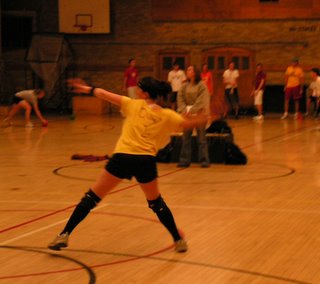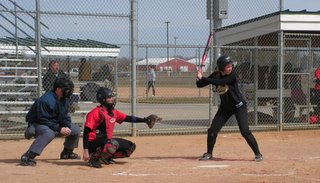Sports Photography

Sports Photography is a developing field of photography. Beyond that, photographers specialize in a particular sport.
My good friend, Ilana Sochaczewski, is an aspiring sports photographer. She has captured mostly every sport, from CU Softball, to the Denver Nuggets, but specializes in snowboarding photography.
Ilana has a degree in advertising, but although her love for photography didn't earn her a degree in college, she is still pursuing it. She takes photos and writes regularly for Happy Magazine.
Originally from California, in order to continue her chosen sport, Ilana moved to Breckenridge, Colorado to be closer to the action she loves to capture. Ilana has been to snowboarding photography camps in hopes to further her knowledge as a photographer and a snowboarder. She is hopeful for starting her own women in sports magazine.
Ilana has covered...
| Hot Dogs and Hand Rails | Big Bear, CA |
| Icer Air | San Francisco, CA |
| Thanksjibbing | Aspen, CO |
| Grand Prix | Breckenridge, CO |
| Winter X Games 10 | Aspen, CO |

Well, what does she have to say about sports photography? "I like to shoot snowboarding because it is fun to capture a moment within the speed of a trick. It is a moment that cannot be captured with the naked eye. And then there is the artistic aspect of using the snowboarder to create a work of art: something that other people could appreciate and enjoy."
Ilana has captured snowboarders such as 2006 Gold Medalist Shaun White (above) and skier TJ Schiller
 (below). Needless to say, Ilana has a chance to see some of the greatest winter athletes and can capture one single moment of their life (usually a great one) to share with those who could not experience it live, and those who may never make it up to the mountain.
(below). Needless to say, Ilana has a chance to see some of the greatest winter athletes and can capture one single moment of their life (usually a great one) to share with those who could not experience it live, and those who may never make it up to the mountain.







